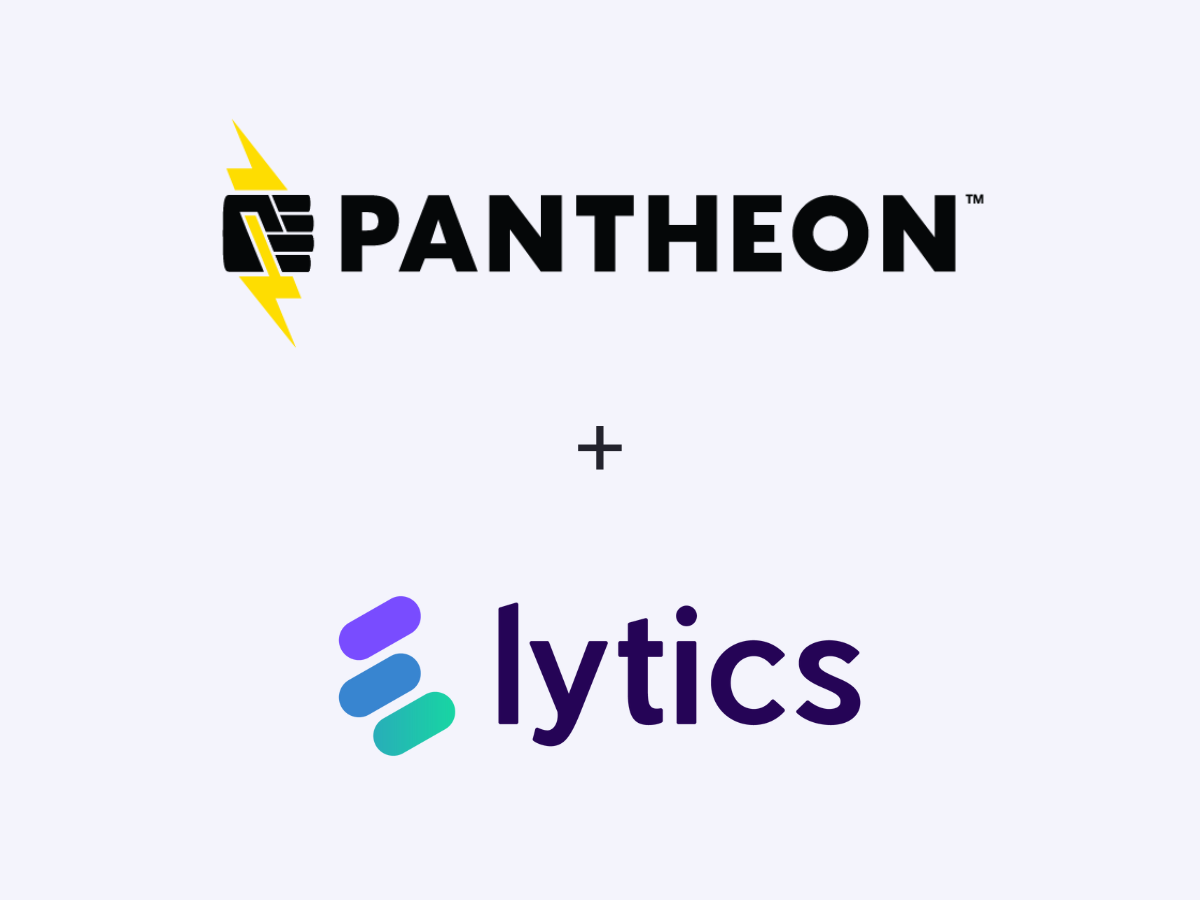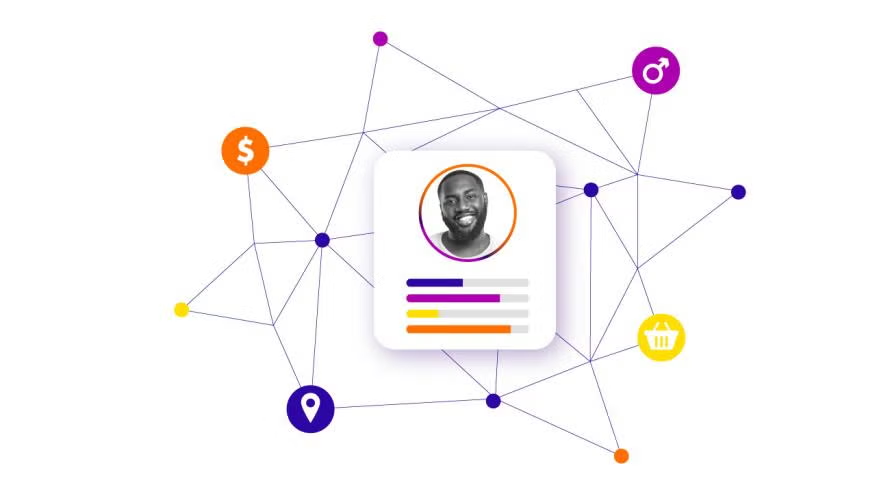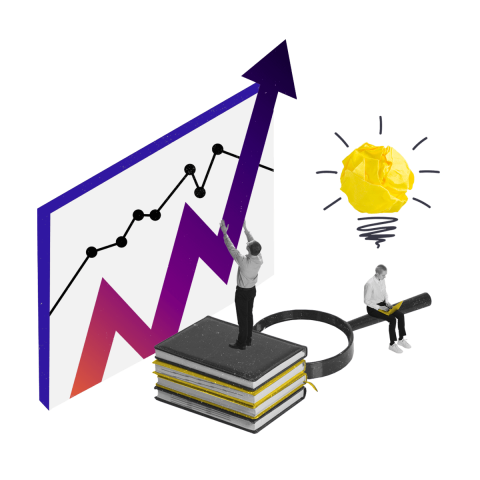Pantheon and Lytics Are Bringing Personalization Within Reach
Image

Today Pantheon and Lytics are proud to announce a partnership to bring personalization within reach for every web team. Together, we are making this proven tactic accessible by reducing cost and complexity — starting with a fully featured free account tier that paves the way for teams to strengthen their first-party data strategies and navigate an ever-changing technology landscape. Further, we’ll make it long-term sustainable thanks to our shared belief in an agile approach and our common foundations in Google Cloud Platform and their Generative AI capabilities.
Image

The web is changing, and we’re serious about helping teams rethink their approach to customer data and digital experiences. This partnership will radically democratize personalization, and together we can help companies find their path to a first-party data strategy, navigate upcoming changes like the rollout of Privacy Sandbox, and figure out effective and ethical approaches to leveraging AI in their strategies.
More than anything, we want to turn personalization from something that’s always a “next year” priority to something that could be up and running next week. By providing a turnkey solution that gets you going on day one with best practices for WordPress or Drupal, with no up-front costs to get started, we believe we can help teams get more value out of their existing sites, a key tenant of our WebOps philosophy.
The Problem: An Oversized Dream, Always Out of Reach
For most digital marketers, website personalization is a perennial aspiration. A few have shown that it can have tremendous value and it’s well established that successfully tailoring a site to its audience makes it more engaging for visitors. But too many have reached for this value and come up short, and for the rest, the cost, complexity, and the risk of failure have been too strong a deterrent.
Image

The legacy DXP players haven’t historically helped. They all sold the personalization dream, but it came with a hefty price tag and a suite of unevenly integrated software acquisitions that often fell short, especially if the price tag for the tools drained the budget for delivery. Even customers who could historically afford to write big checks often realized halfway through that the project plan born of that dreamy sales pitch was fatally over-ambitious, not to mention far too slow to show real value. They feel burned because they are locked into a multi-year contract they only use in rudimentary ways.
Finally, there’s the fact that most web personalization tools do their work by adding an overlay to the website that makes changes on the user side of things. This is a fatal technical flaw that inexorably puts the user experience at risk, especially when more and more visitors are browsing via mobile networks. A page that’s personalized but annoyingly slow won’t perform better, let alone one that glitches out, or is straight up broken because the personalization layer is acting as a “shadow CMS” and is out of alignment with the actual underlying website.
This unavoidable UX risk is one of the reasons Google discontinued its Optimize product in 2023. Real professionals who drive their business off variant-based optimizations don’t use overlays, but delivering fully personalized experiences has been technically out of reach for most teams, until now.
Breaking Through the Barriers to Personalization: Cost, Complexity, and Content
The three things that keep personalization aspirational for many teams, and have led to projects going off the rails for others are:
- Cost: most personalization engines start at $50k, and they’re useless without a real time customer data platform (CDP) to connect things through to your CRM, which could easily cost you the same; the sheer cost of tools alone has locked out a ton of teams.
- Complexity: the conventional approaches are architecturally messy and involve a lot of moving parts; as a result the amount of custom implementation needed is substantial. That adds to cost, but also drives risk way up, because the more complex your setup, the more likely it will break down.
- Content: teams that sign on to an ambitious technical vision for personalization often run into a buzz-saw when they discover that their content roadmap got exponentially bigger, and they actually don’t have systems to actually manage content variations, so the level of effort to deliver that roadmap for any given piece also went up considerably.
The Pantheon/Lytics partnership aims to break through each of those barriers.
First of all, the cost to get started with Lytics for Pantheon customers is, wait for it, zero. And that’s not a feature-limited trial. Everything you need to get up and running for up to five million monthly impressions is included, CDP and Personalization Engine both.
Secondly, we’re bringing the complexity of implementation down by an order of magnitude. Lytics is an integrated CDP and personalization engine, so the data architecture is simpler, and we’re delivering ready to go open source starter kits for both WordPress and Drupal so you can start personalizing with no overlay. We’ll eliminate a lot of the guesswork that puts implementation projects at risk, and also simplify the process for your editorial users. They won’t need to hop between two or more tools. Everything they need will be right there in the CMS.
Lastly is the content problem. This is a tough nut to crack. We will get some mileage out of being able to use the system that, you know, manages your content to help keep things sane. We’re also going to focus on helping customers find personalization use cases that they can get live with quickly, vs a boil-the-ocean approach to making every customer journey and content touchpoint completely tailored.
Real talk: if you have a slider on your website, just fix that. You already have the content for different audiences, but because you only have one hero in your design you have to put a rotating thing up there. Make the hero one thing, but right for the audience, and it’ll move the needle.
Stop Eating Cookies — Start Picking Low-Hanging Fruit
Image

This isn’t just some shiny object martech tag you throw on your site and then forget. With a durable and direct integration to the CMS that powers your most valuable digital experience, you can continue to leverage audience-specific content seamlessly as part of your normal website operations workflow, including unlocking other use cases like intelligent content recommendations to keep your visitors engaged.
Backed by a strong shared infrastructure on Google Cloud Platform, Pantheon and Lytics are helping customers take the first step towards a cookieless future. With 100% GCP-native DNA we are positioned to continue bringing innovation deeper in the stack from Google up to our shared customers.
Indeed, we see an opportunity to leverage Google’s Generative AI to help solve the bigger-picture content problem. Everybody knows (or should know) that it’s way too risky to just let AI write content for you. But if you think about AI as “Artificial Interns” - you could have it by looking at what content gets the most engagement from disparate audiences, looking into how they might see that content differently, and coming up with suggestions for where to start creating personalized variants.
Generative AI opens up a path to grow from “just fix the slider” into a more complex personalized content strategy over time, without doubling or tripling the content production workload. Not only can you gradually lean in, the overhead of maintenance can be much lower. It’s still early days, but we’re very excited to see how we can uniquely leverage this capability as 100% GCP native tools.
If you are ready to re-think your approach to website personalization or have been waiting for this kind of opportunity to get started, we’re ready for that conversation. Stay tuned for more updates as we roll out the open source starter kits, as well as more detailed reference architectures and how-to guides.
If you’re a Pantheon customer or Digital Agency partner, you can get started with Lytics here for free.


